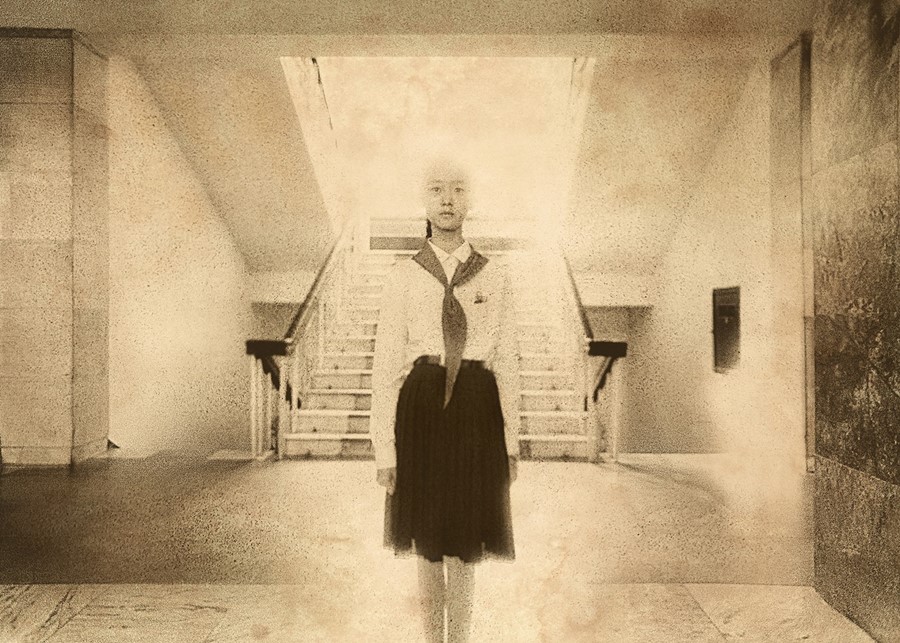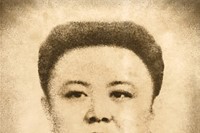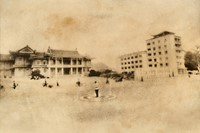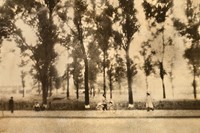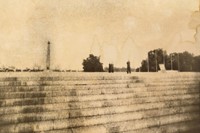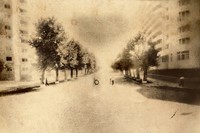Armed with a hidden shutter-release and travelling on a stranger's passport, photographer Nathalie Daoust explains the measures she took to capture the mysterious underbelly of North Korean society
Photographer and filmmaker Nathalie Daoust is compelled towards the unseen. She has spent years capturing the women of Japan’s love hotels, and sex workers in Brazil, creating images which simultaneously reveal and conceal these spaces to distant viewers for whom such territories are unreachable. Her ethereal photographs recall turn-of-the-century erotic portraiture, creating a new vocabulary for documentary work which merges artistic and photojournalistic practices. In her most recent project, Korean Dreams, this is particularly powerful. Daoust contemplates the clandestine and its impact on an entire society – in this case, in North Korea, one of the most secretive nations on earth. Rather than the erotic or exotic, however, these images are charged with danger.
Tours to North Korea for foreigners are costly and difficult to arrange. Once inside the country, visitors are strictly guarded, and are only permitted to eat in specific restaurants, to stay in approved hotels, and to see what the government wants them to see. This Potemkin Village does not feature the mass populous who live on salaries of a dollar per month, nor the concentration camps the size of cities where three generations are incarcerated for ‘crimes’ that most of us would consider a normal part of everyday life, such as watching foreign television or listening to music. Fascinated by the challenges the photographer was forced to overcome even to make her series in the first place, we sat down to talk to Daoust about her methods for entering the country, her undercover techniques for taking photographs, and the bizarre and troubling discoveries she made about North Korean policies.
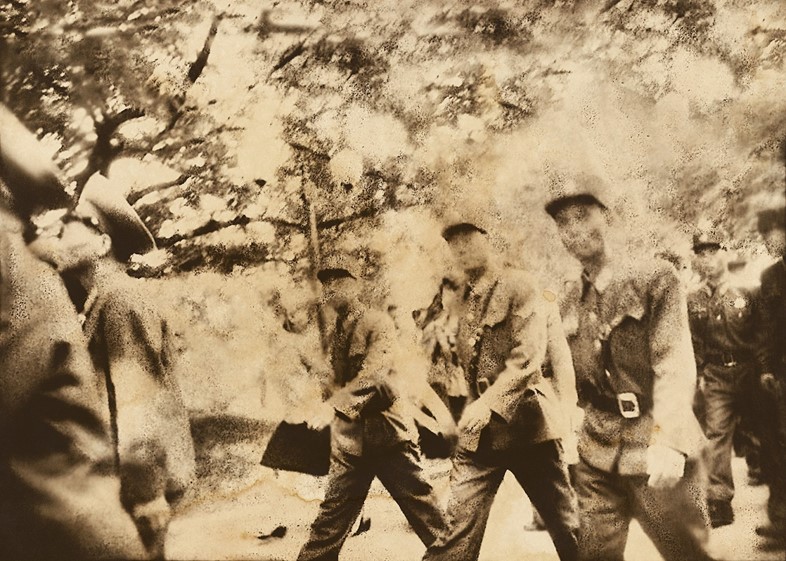
On what compelled her to visit North Korea...
"I have spent much of my career exploring the chimerical world of fantasy: the hidden desires and urges that compel people to dream, to dress up, to move beyond the bounds of convention and to escape from their everyday life. In Korean Dreams, I was exploring this escapist impulse not as an individual choice, but as a way of life forced upon an entire nation, where truth is not lived but reinterpreted by those in power.
Having now experienced North Korea in the flesh, I feel compelled to raise awareness of the plight that millions of people live in. For some, the personality cult surrounding Kim Jong-Un may appear quaint, but in reality the regime is deeply oppressive. I am hopeful that we can lobby our respective governments to drive more effective change in this country."
On planning her trip...
"Unless you work with Associated Press, which has an office in Pyongyang, it is not possible to get into North Korea as a photographer, so I had to travel via China as a tourist. The trip took months to organise, but I first did a research tour without taking any photographs. The second time, I went specifically to take the photographs and got in with someone else’s passport. I think you understand why I cannot go into further details about this."
On the surveillance she experienced throughout her trip...
"They did put me in a five-star hotel, but it was very clear as soon as I arrived that the accommodation was nothing like this… It was really more like a highway motel. During the stay, I was constantly watched. I couldn’t sleep one night so went downstairs to just take a breath of fresh air, and suddenly my guide appeared to tell me to go back to my room."
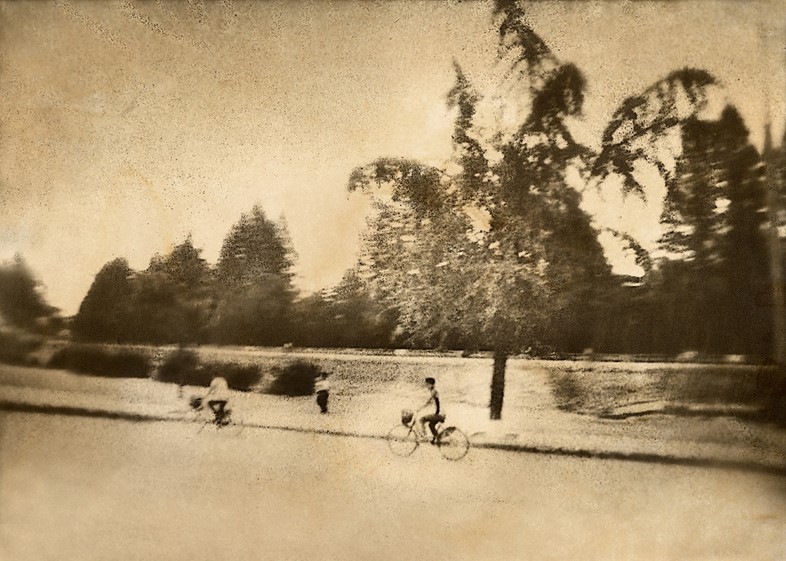
On the hidden shutter release she used to take photographs throughout her trip...
"Foreigners are closely followed at all times and are prohibited from leaving their hotels at night. Photographs are only allowed in a small number of state-approved locations, and under no circumstances may images be made of military personnel. In order to document real life in North Korea, I made use of a hidden shutter-release cable to take photographs secretly in non-approved locations.
We were allowed to take photos in special tourist spots but the rest of the time my camera was left hanging around my neck. I connected a cable release to the camera and then threaded the wire through the inside of my jacket arm to my hand. This allowed me to click a photo whenever I wanted without touching the camera. That is why most of the images are shot from stomach level.
I did something similar during my first trip to Morocco when I was 17. That’s 22 years ago now. I was in photography school at the time and wanted to snap away at all the amazing things that I was seeing, but the locals were often upset saying that the camera 'steals the soul'. So as to not upset anyone, I started to shoot secretly with the same technique I used in North Korea. This also helped me learn to how to focus on an image without looking through the camera lens."
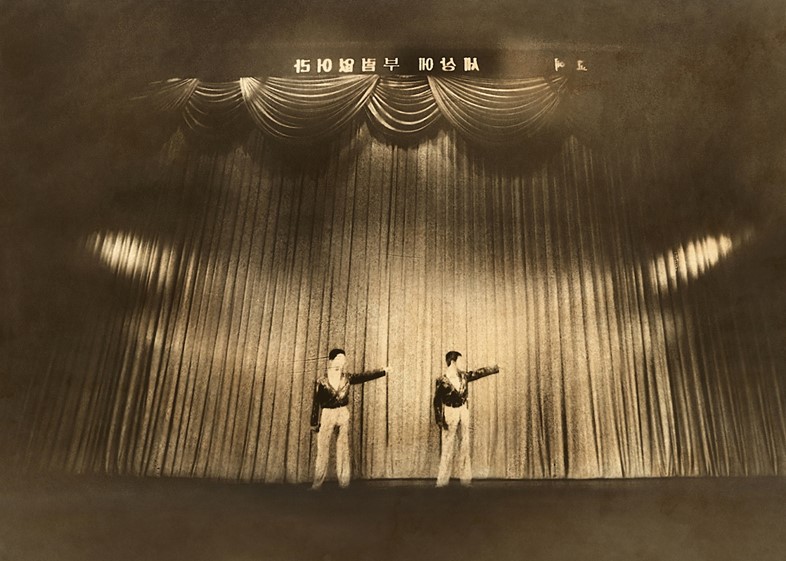
On the paranoia which accompanies such techniques...
"At first I was very careful but not too worried, but after a few days I started to get very paranoid. I was pretty sure that my minders were getting suspicious and that in turn made me nervous. As a precaution, I started hiding my films in various places in my hotel room.
On a number of occasions, I was stopped by men in military uniforms. They asked to check my camera, but once they saw that it was an analogue model, without any visible photos, they gave it back to me and moved on. I think they thought that I must be an amateur because I wasn’t using a digital camera. That must have convinced them that I wasn’t an issue.
When we took photos of a Kim Jong-Un monument, guards checked every camera afterwards to make sure that the feet and head of the ‘Dear Leader’ were not cropped. This is a serious sign of disrespect. Others in the group had their photos deleted for this reason.
Once, a group of military men screamed at the guard taking care of me, pointing at me and my camera. This happened immediately after I took the photograph where the solder is looking straight at me. A big commotion erupted all around me until they took my camera away and looked at it. Suddenly everything changed when they saw it was analogue camera, at which point they just gave it back to me and walked away.
I also had a few tricks too. When I noticed that they were talking about me, or got anywhere near my camera, I would put it in permanent exposure, otherwise known as ‘T’ mode. If they decided to go through the process of developing the film to see what was on it, rewinding the film would expose all the photos and would erase everything that I had photographed."
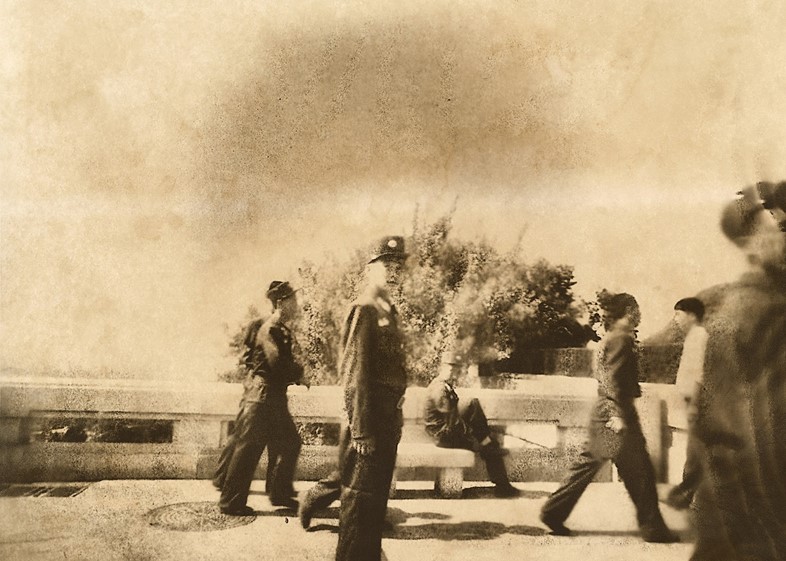
On the research she did before her trip...
"It is hard to get good information on North Korea. The regime has built a pervasive propaganda machine, so getting reliable statistics on the country is pretty much impossible. I did a lot of research online – you can find information ranging from the incredible to the bizarre – and then worked hard to fact-check my sources. According to an official biography on the North Korean state website, Kim Jong-il did not defecate. At the same time, there are unofficial reports that whole families have been killed for reading the bible. It is clear to me what is more credible, but then again there’s no official proof.
During one of our official tours of a state-run hospital, we were shown how great the North Korean people are and how strong they are. A 'newborn' baby that had been 'born yesterday' was proudly displayed, but it was clear that the child was at least six months old. They told us that not a single handicapped child had been born in North Korea since the 1950s, because the North Korean people have such strong genes. I tried to find a handicapped person during the rest of my trip but did not come across anyone. I realised that either they kill them, or put them somewhere else away from view. The regime tries to make the outside world, as well as their own people, believe the unbelievable. Sometimes I wonder to what point the people in North Korea really do believe these types of things.
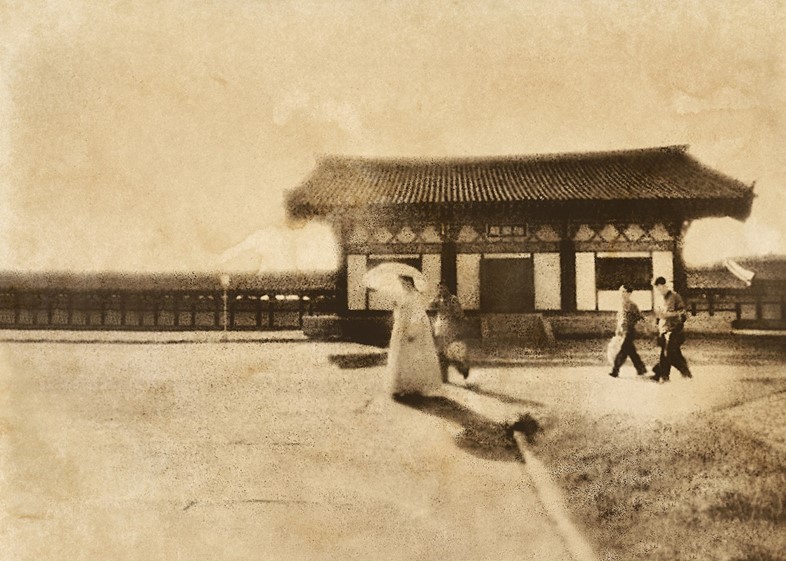
Having seen certain things with my own eyes, I tried to do follow-up research, when I got home but I was surprised to find that limited information exists. One example is the restriction on free movement. Citizens are not allowed to move around the country freely and, even with the right documentation, transport is slow and complex. When we were travelling from one city to the next, we were virtually the only people on the highway other than the military. I believe that these restrictions stop information from spreading from one place to the next. Virtually the only access people have to information outside their own city is from television, which is full of government propaganda.
The Chinese have access to North Korean television, so much of the information we have comes from there. Some time ago, we learnt from the NK news that an ex-girlfriend of Kim Jong-Un was executed for making a pornographic film, along with 12 other people who worked on it. The ‘porn film’ was then revealed online, but in fact it was just a dance performance to an American song. It couldn’t have been further from a pornographic movie, but it was considered as such since it came from the West. A few years later, his ex-girlfriend appeared on TV again alive and well. So even via their own news, it's hard to know what to believe."

On raising awareness about the plight of people in North Korea...
"This has now become my primary concern with this exhibition. That is why it’s important for me to have the captions under each images explaining what happens there, and what these people have to endure. Until I went there, I didn’t understand why, after so many years of oppression, the people of North Korea do not just stand up and fight for their freedom. After being there and doing extensive research on the country, I now understand. Executions and false imprisonment are commonplace. You can spend up to ten years in prison for just wearing jeans, which are forbidden by the state.
As an extra deterrent, there is also a three-generation policy. Even if you are willing to risk your life for the greater good of freeing your country, if you get caught, your children, parents and grandparents also receive the same punishment. This makes change almost impossible."
Korean Dreams runs until July 30, 2016 at the Photospace Gallery in Wellington, New Zealand.
